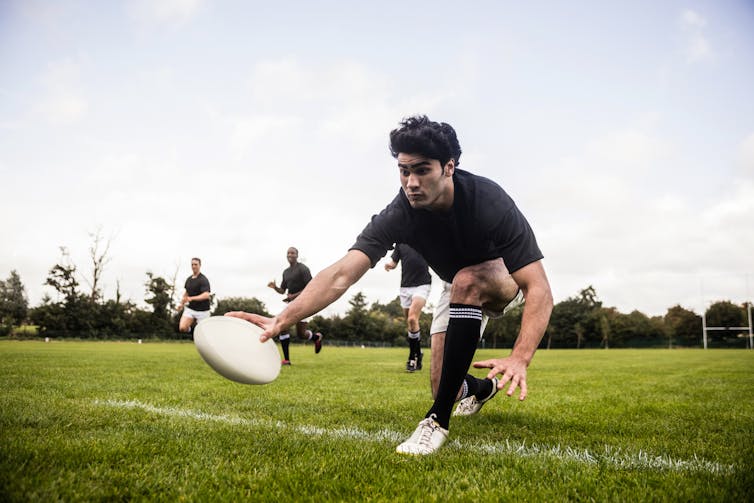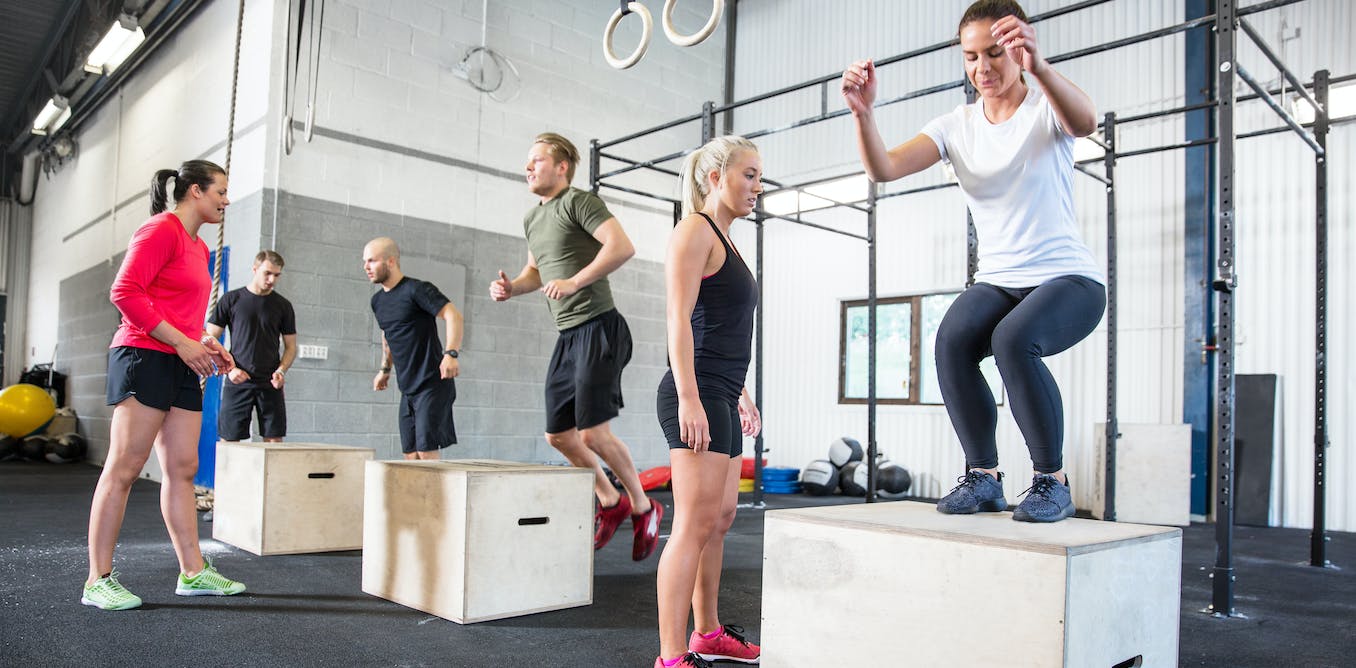What’s the best type of exercise you can do for your health? The answer seems to change every week. Lately, many fitness enthusiasts and influencers have been talking about the importance of “functional fitness” – especially for people in their 20s and 30s who want to stay mobile and ready for anything as they get older.
Functional fitness has actually been in and out of the top ten global fitness trends since 2016. While there are plenty of posts and videos online telling people what the best functional fitness exercises are, in reality many (or even most) exercises could be done in a way that is functional.
What’s more important is the outcome of the exercise. If it results in you becoming as physically capable as possible and ready for anything in life – whether that’s moving furniture, climbing a mountain or running after your child – it could be considered functional fitness.
When you think about this outcome, you can see why it’s hard to pin down a specific list of movements or workouts that count as functional fitness. Because anything that builds any form of fitness that helps you live life could be considered “functional” – including strength, cardio, agility and flexibility.
This article is part of Quarter Life, a series about issues affecting those of us in our twenties and thirties. From the challenges of beginning a career and taking care of our mental health, to the excitement of starting a family, adopting a pet or just making friends as an adult. The articles in this series explore the questions and bring answers as we navigate this turbulent period of life.
You may be interested in:
How running can help you cope with stress at work
So you might lift weights to build strength, cycle to build cardio, do sprints to build agility and calisthenics to build flexibility. Or, you could combine all of these exercises into a single workout by doing labelled functional fitness exercise programmes such as CrossFit(R), Hyrox or F45.
Improving all forms of physical movement is why many have said functional fitness exercise programmes are the best exercise you can do. Boosting your overall fitness may also potentially set you up for being more physically capable and independent well into old age.
Building fitness
We don’t have much research on the specific benefits of functional fitness over and above other sports because it’s still quite a new area. But we can get an idea of what benefits it may have by looking at what effect combining different types of exercise can have versus just doing those exercises on their own.
Strength training, for example, helps build strength in your muscles, bones and connective tissue. This can help you retain the ability to move independently into old age.
Cardio (or “conditioning”), on the other hand, can have a greater effect on the cardiovascular and respiratory systems, which may make us more robust in the face of illness.
So they both have distinct as well as common benefits, which is why it’s often considered important to include both in your weekly exercise routine. This is one reason why functional fitness workouts that incorporate both may be a benefit.
But, if functional fitness exercise programmes are not your thing, a number of other sports and activities could clearly help you become functionally fit too.

wavebreakmedia/ Shutterstock
Take rugby, for example. These players train to be strong, but also fast, agile and with the endurance to play for an 80 minute game. Or ice hockey, where players must again be fast, powerful and able to sustain a high intensity across a game. Or obstacle racing, where people run long distances – using strength, power, skill and agility to climb over obstacles in their path.
Another way you can build your strength, agility, balance and other aspects of functional fitness is by combining different sports and exercises. For example, you may choose to run, but also do calisthenics a couple days a week. Or perhaps do strongman training during the week, and play football on the weekends.
So, while functional fitness exercise programmes are one way to incorporate strength, conditioning and other physical skills into your training, they are not the only way. Combining many different types of exercise into your regular workout regime can also help you achieve the benefits of functional fitness. And given each of us have different genetics, bodies, lifestyles and workouts we prefer to do, the type of exercise that best helps you achieve functional fitness may vary depending on the person.
The biggest health and fitness improvements are usually going to come from consistent exercise. So at the end of the day, doing exercises that you enjoy, and which fit into your daily routine, are likely to have the greatest benefit.


